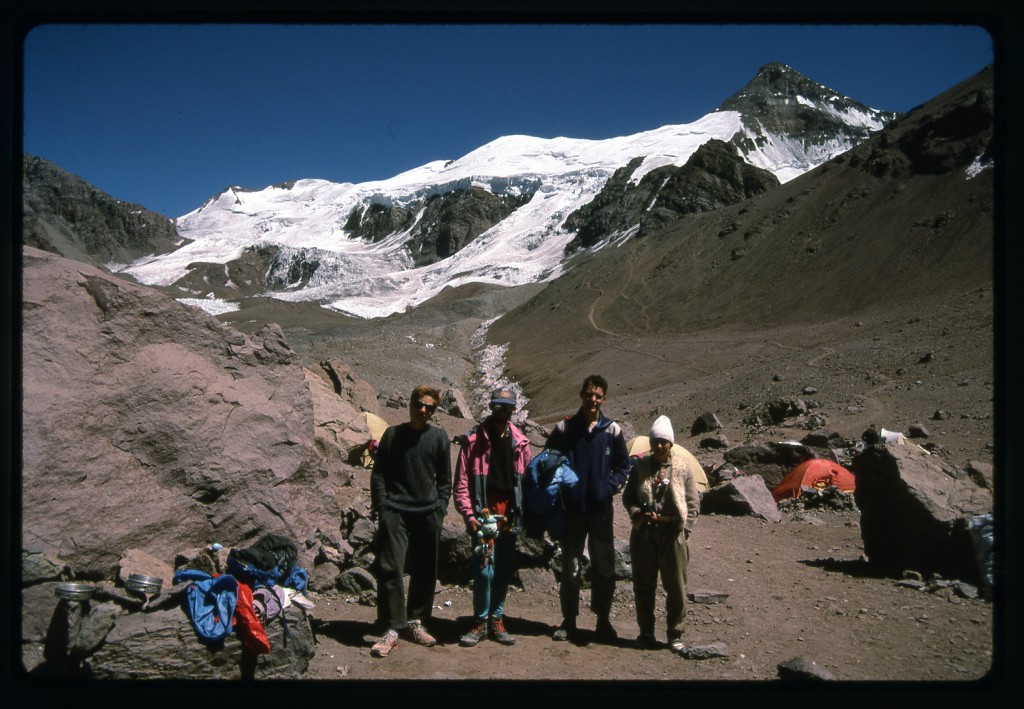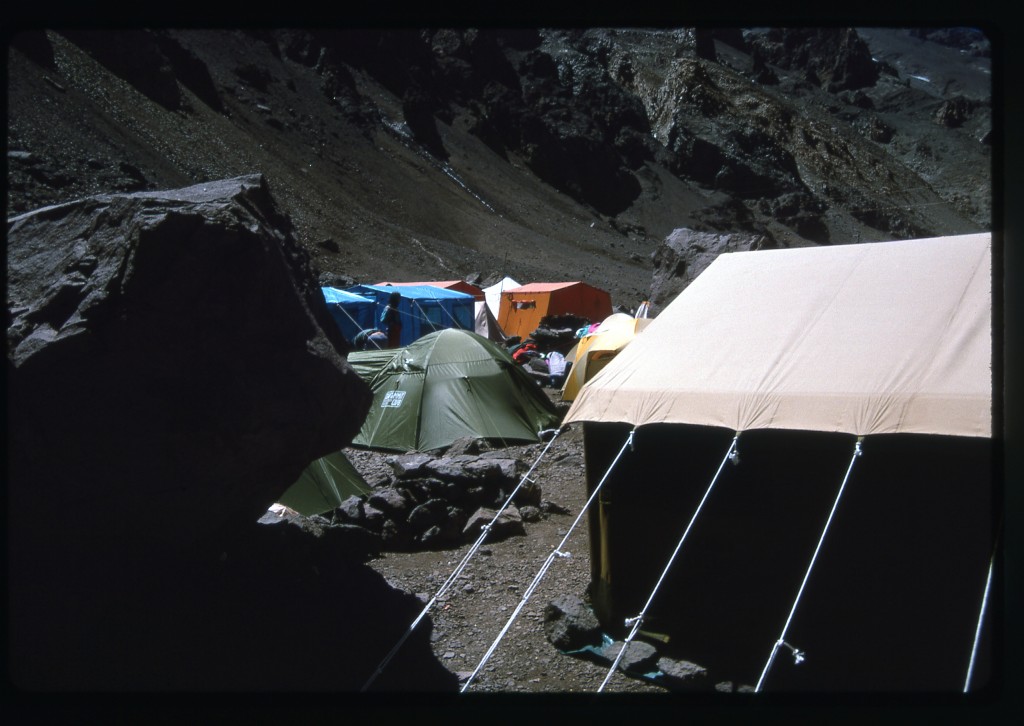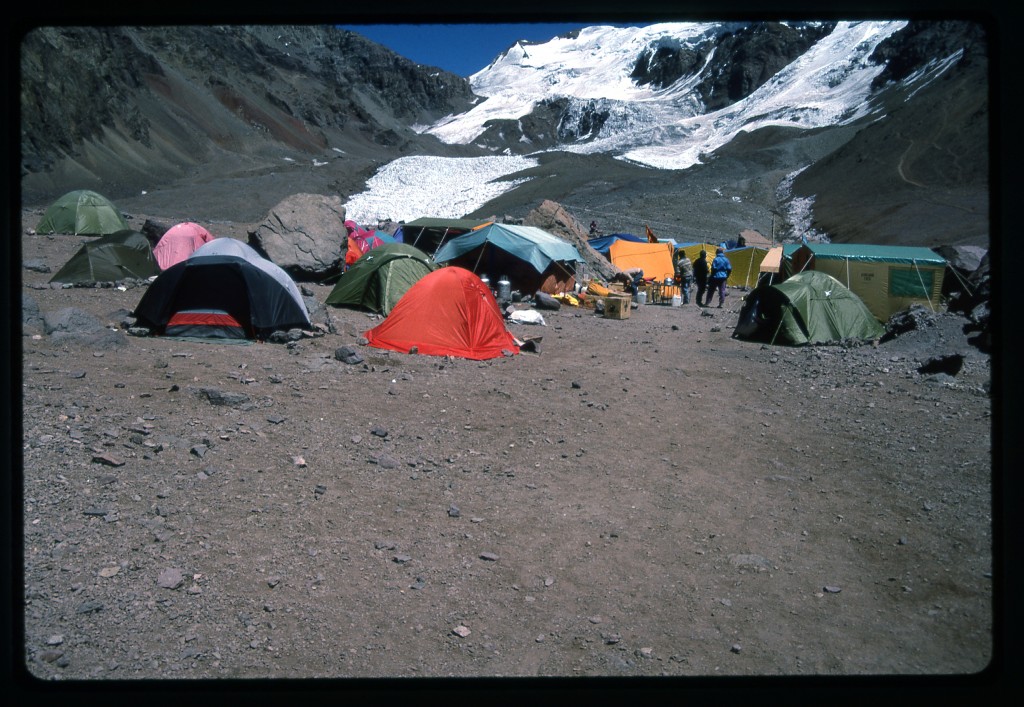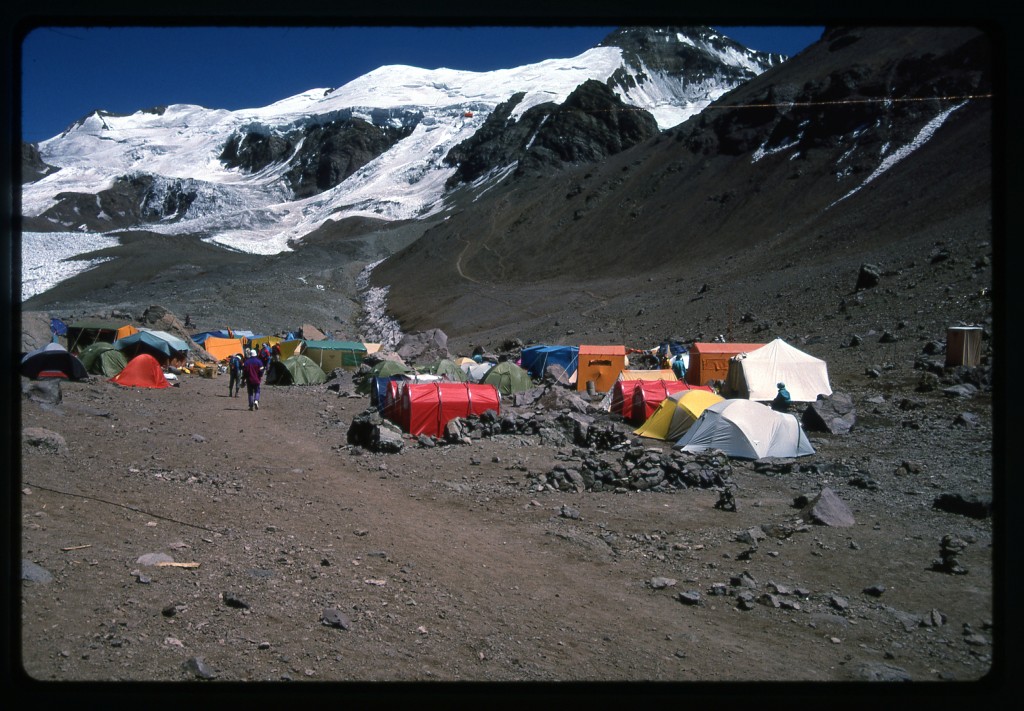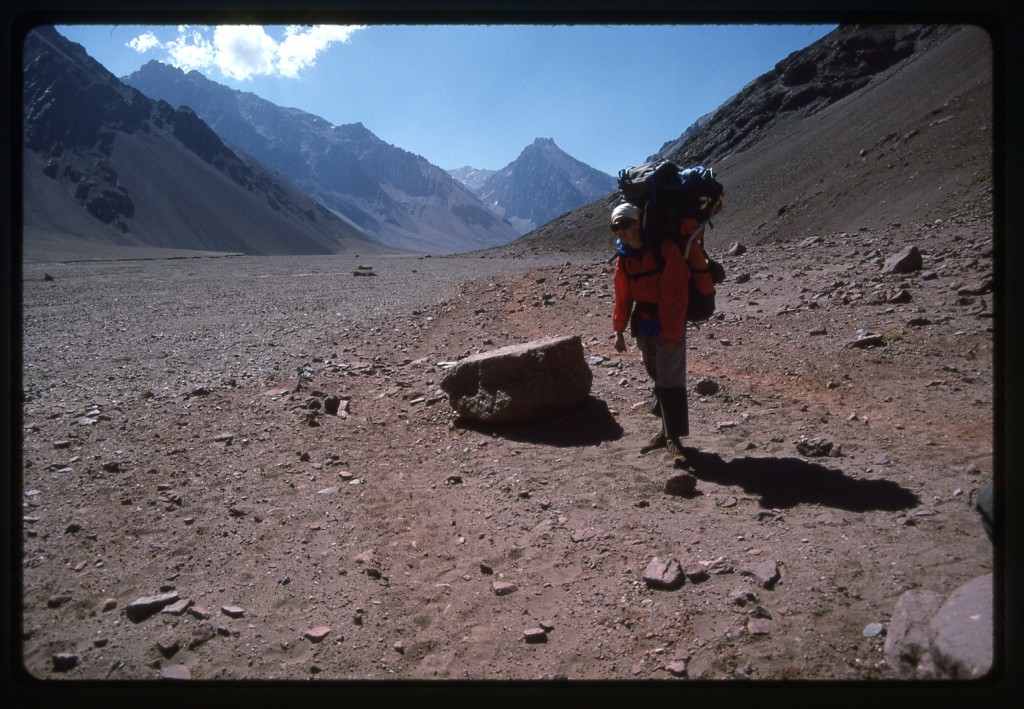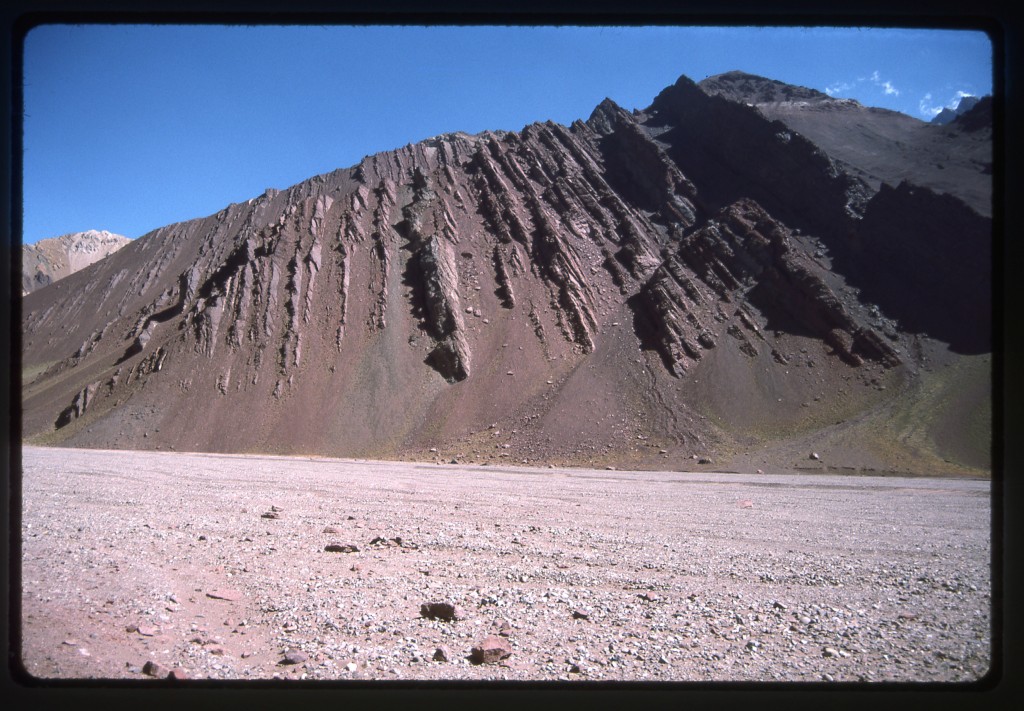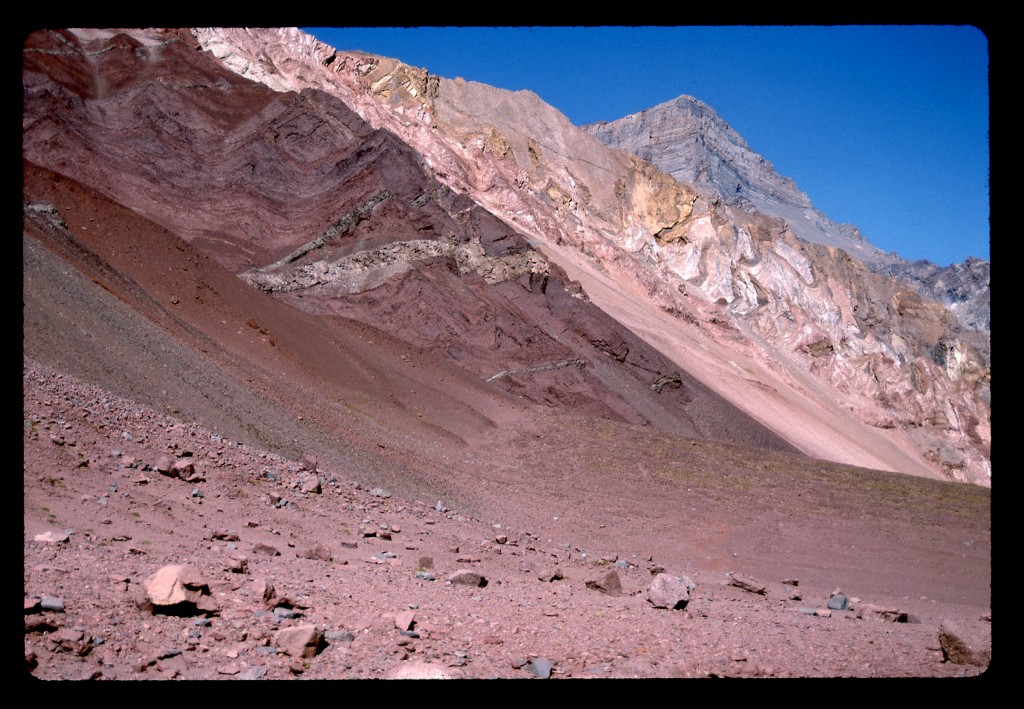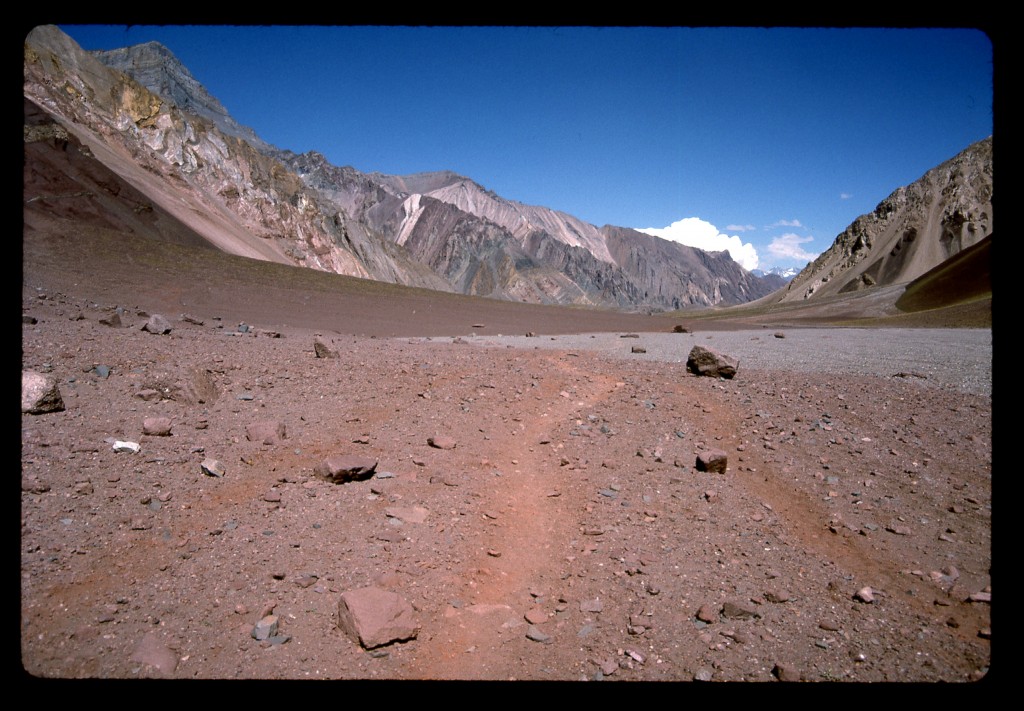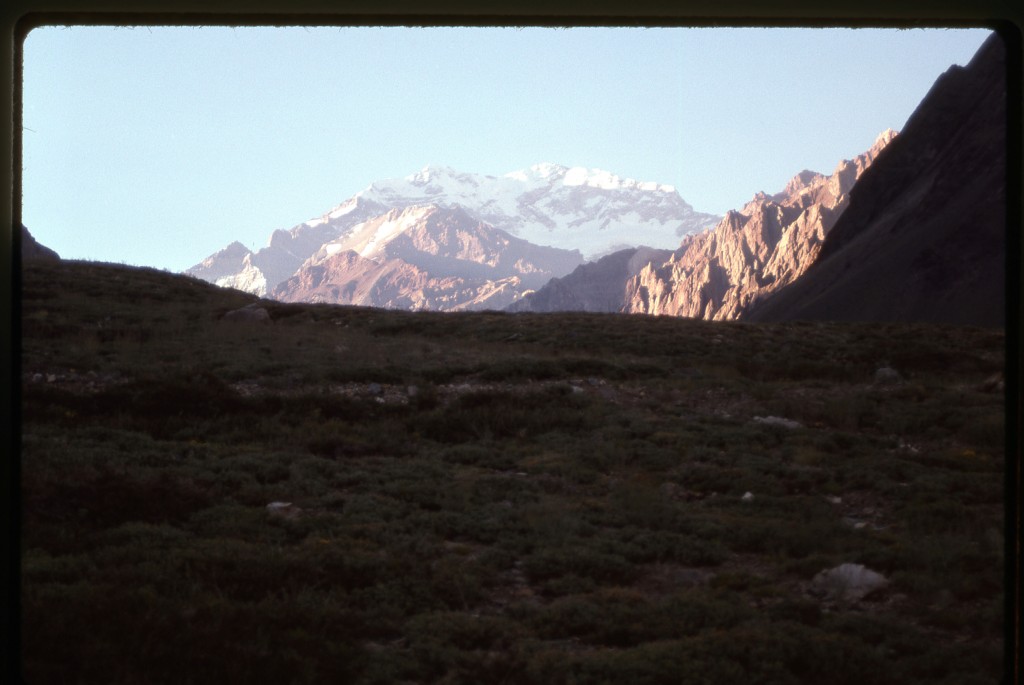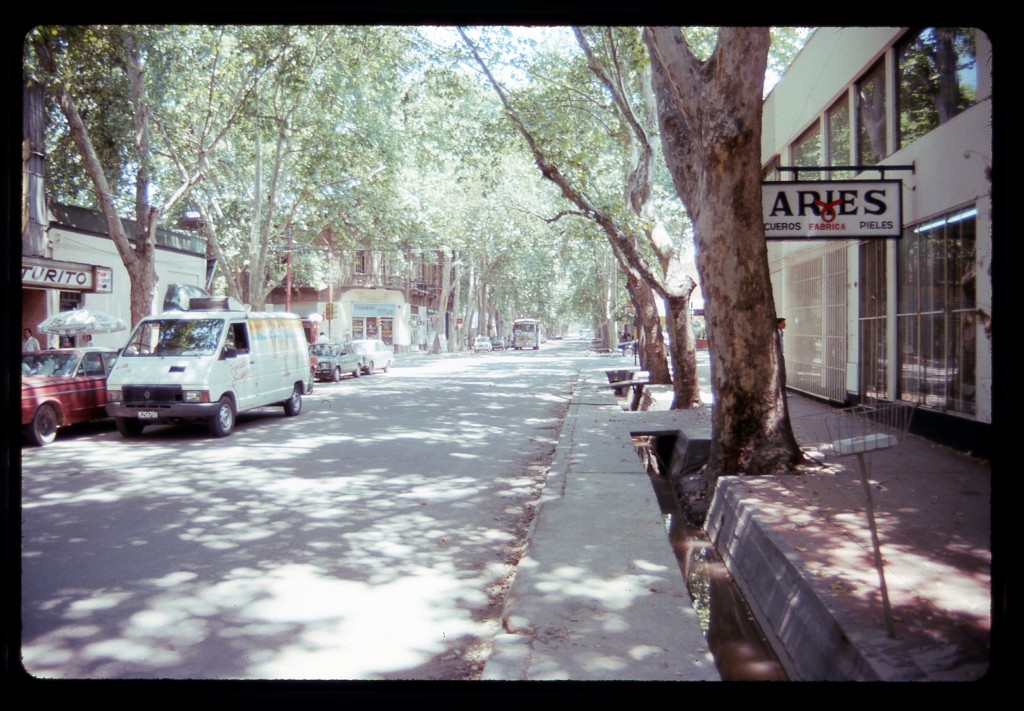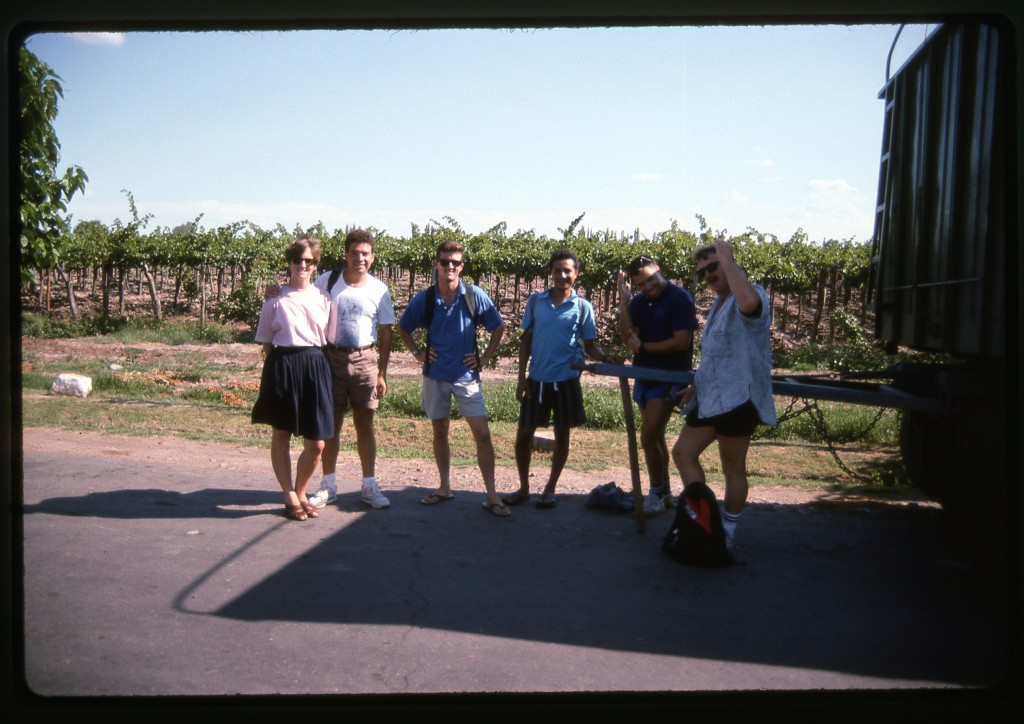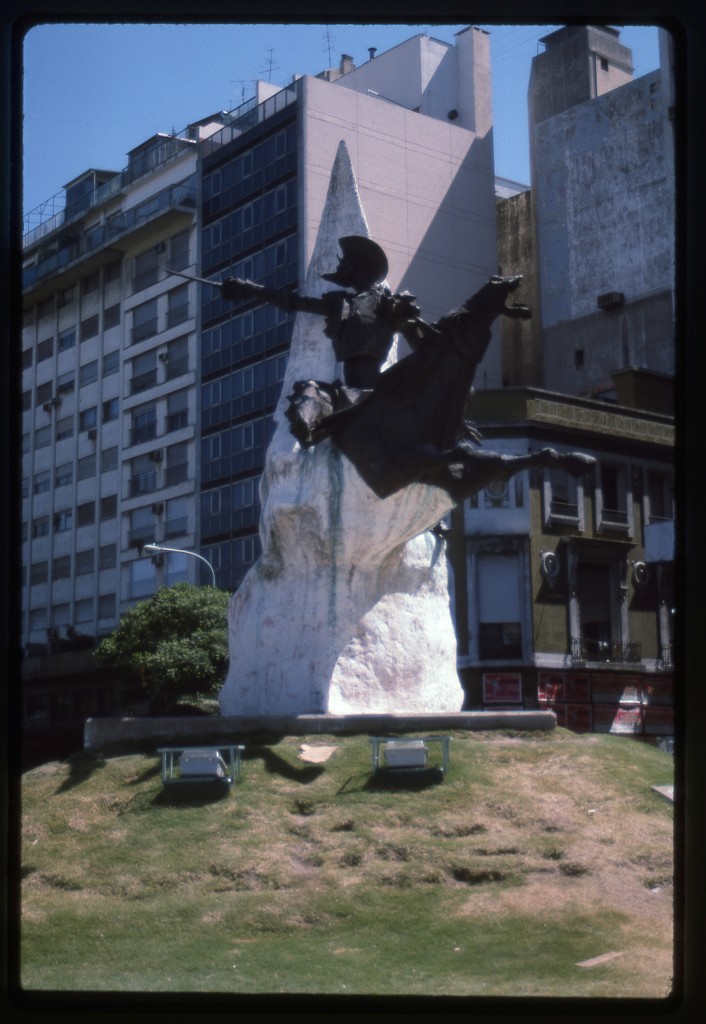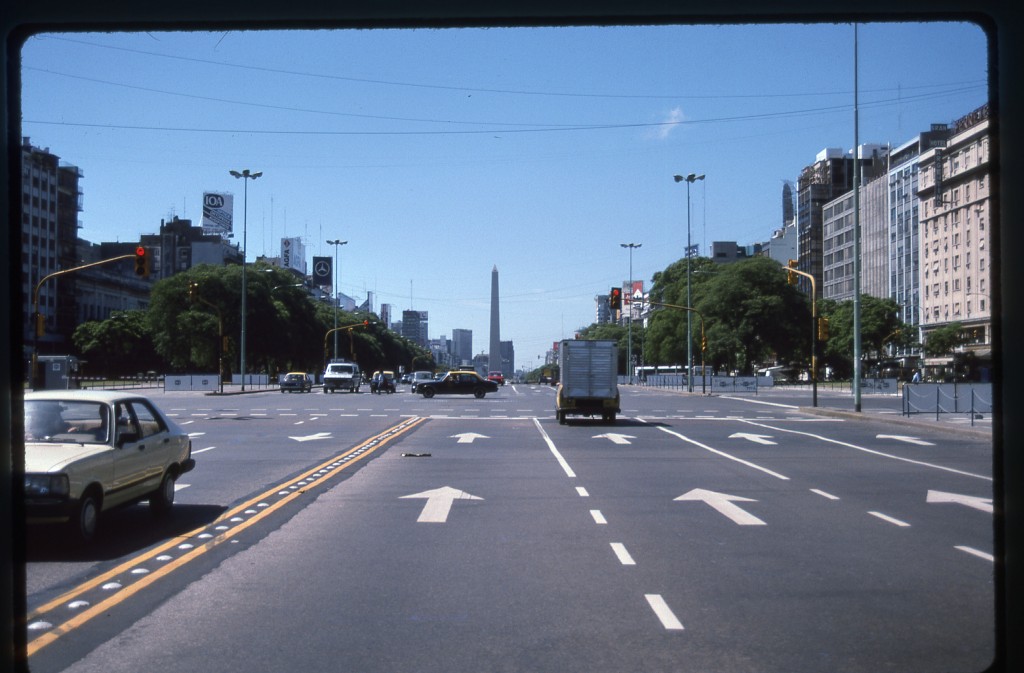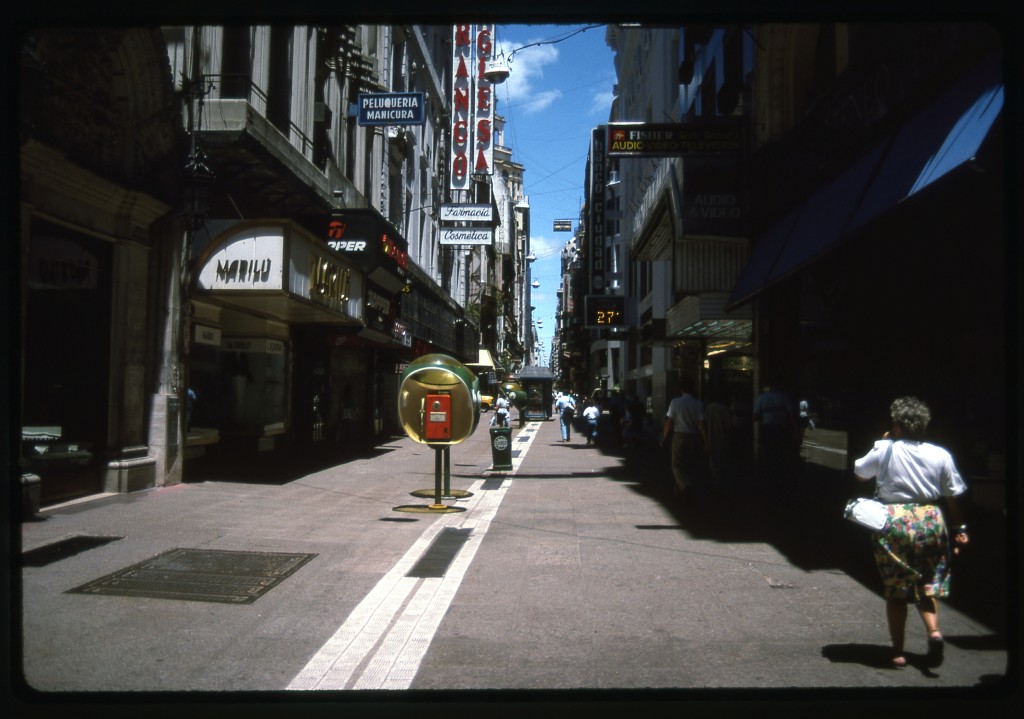Before reading this, please be sure you’ve read the previous 7 chapters already published on this site to get the most from it.
When I awoke after a long, rejuvenating sleep, I lay there in my sleeping bag with a big shit-eating grin on my face – it was all over but the shouting; I had my peak and I was mighty happy about it. Sooner or later, though, I had to leave this place, so I crawled out and packed up – it seemed to take forever, it was so cold and windy. Sitting on a rock only a few feet from my tent was a 50-meter 11MM climbing rope – it looked unused. It had been there since before I’d arrived. Nobody had taken it, and neither did I. It had been left behind by someone who obviously didn’t want to carry it down the mountain, someone trying to shed every extra pound of weight and simply flee Berlin. I knew how they felt, because I felt the same way. I was just glad to be getting gone – I had spent 8 nights of my life there, and that was more than enough.
Once my pack was ready, I made tracks out of there and didn’t even look back. I dropped the 5,500 vertical feet down to base camp In 2 1/2 hours – man, that place looked mighty good – the air at 14,000 feet seemed thick like pea soup compared to what I’d been breathing for the past several days. Once I’d dropped my pack, the first thing I did was to find the guy who looks after the mules at this end for Cuesta. He said there were none available for tomorrow, that they were already spoken for. What a drag – I didn’t want to hang around here any longer than necessary.
They were building a hotel less than a mile away, at the same elevation as base camp, bringing in all the materials by helicopter. They had set up a two-way radio to keep on top of things; – they’d connect with the Argentine telephone system, such as it was, and let you make a call to anywhere, for a fee – a steep fee. So away I went, and was soon leaving a message on the answering machine at home. I told my wife of my successful climb, and asked her to call me at Señor Molesini’s office in Mendoza five days hence.
It’d been only five days since I’d moved up from Plaza de Mulas, but it seemed much longer. It was quick work to find my young friend, Adrián – he’d been busy buying a tent, crampons and ice axe – this base camp is a great place to buy good gear cheaply from climbers who are leaving and wish to lighten their load. I even got into the act: I sold my double boots to a Frenchman for 50 bucks (he said he’d re-sell them right after his summit bid) and my headphones to a Canuck.
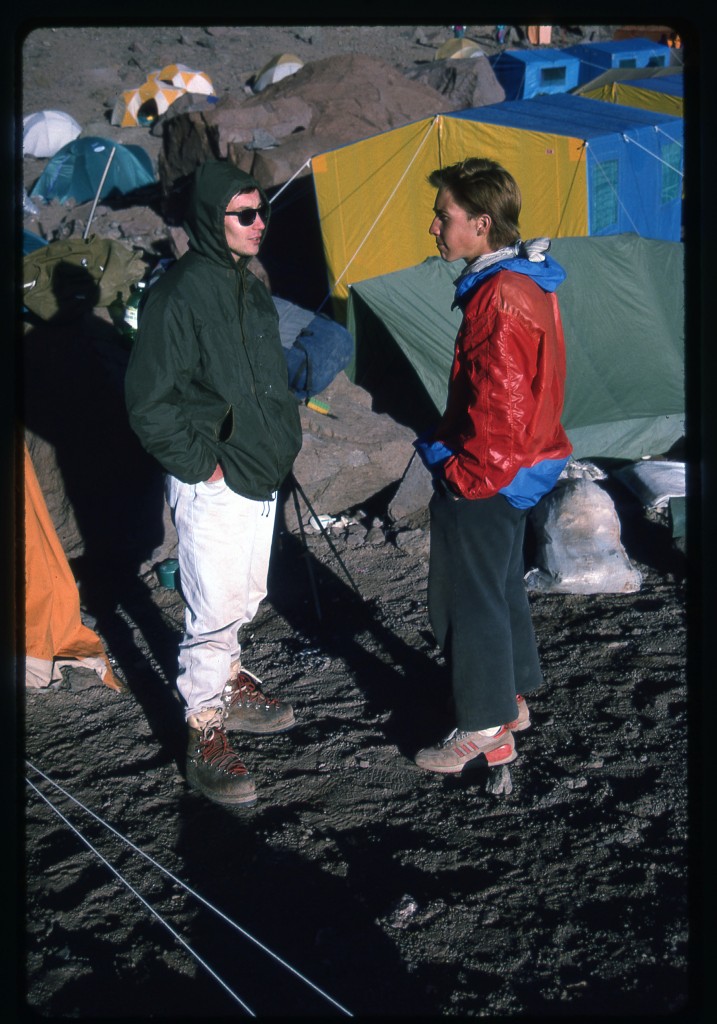
See the boots on the fellow on the left? He’s the Frenchman who bought my Makalus, and he’s wearing them, trying to break them in a bit for his summit attempt.
Plaza de Mulas is a fascinating place – I wandered around meeting climbers from many different countries while it snowed. Remember the Japanese who was in a bad way at Independencia – he survived – they flew him out by helicopter today. There’s a Columbian here suffering from edema – not sure what they’ll do for him.
After dark, all the tents are lit up – it’s like a city. And once the sun sets, the temperature plummets to well below freezing. There are new arrivals all over the place who aren’t feeling well – man, I can relate to that – the first time I attempted the peak, I suffered through an extended period of feeling like crap before things got better. It’s now 10:30 PM, and everyone’s listening to a guitar player in the next tent. The Argentines keep their crazy (by my standards) schedule no matter what or where. I’m spending the night in the tent of Cuesta’s guys, and I’m starving – I haven’t eaten all day. Much later, 2 of them start cooking and things got interesting quickly. They go to change a gas cylinder while another stove is burning nearby, and boom – an explosion and a ball of fire – food all over the place – nobody hurt, no damage other than one head of burnt hair (not mine, fortunately). The guys told me that in the panic of the moment when the explosion occurred, I was shouting in the best Spanish they’d ever heard me speak. I went to bed hungry, and slept very poorly – I don’t know if it was the fire, wondering about tomorrow or the sloped surface where I had laid my sleeping bag.
The morning finally arrived, and I went off to find Adrián. He said he needed some R&R back in town, so he’d accompany me on the 26-mile march out.
Even better, he made me an offer I couldn’t refuse – he’d carry all my gear that I would have sent out on a mule, and I’d pay him the 200,000 Australes for acting as my sherpa. A big advantage was that we could leave now. It didn’t take us long to pack up and away we went. All I carried was a day pack – I loaded Adrián up to the max.
During the entire walk out, the only climbers we met were 6 Italians on their way in. The light-weight boots I wore were too small, and my feet hurt like hell. No doubt about it, I’ll lose my left big toe-nail.
When we were most of the way out, we had this look back to see the setting sun on the top of Aconcagua.
After 10 hours, we staggered into the village of Puente del Inca after dark. There’s a little place there called the Parador del Inca – it serves hot food and cold beer at outrageous prices. We stashed our packs in a corner and ate to repletion. A group of South Koreans had just summitted Aconcagua’s south face and, because they’d arrived before us, had already spoken for the few bunks in the back. The owner remembered me from my first trip here and said we could sleep on the floor for free. Partying goes on until very late in the ol’ Parador, so a couple of hours of sleep is all we could manage.
The next day, I caught a bus back to Mendoza. I found a cheap room, washed a lot of dirty clothes and settled in for some laid-back fun. There was a big choice to be made at this point: I could have flown back home – or, I could stay in South America and travel. The lure was too great – there was so much to see and experience that I simply had to stay. Argentina is a huge country – if superimposed on the USA, it would stretch from Los Angeles to Boston. I had already learned that travel by train and bus had become quite expensive since their inflation had set in, so I needed to find a way to travel and do it on a budget. There were two domestic airlines operating in the country at the time, Aerolineas Argentinas and Austral Líneas Aéreas. They each had a package catering to tourists, but the problem with the Aerolíneas program was that you could only purchase it from outside the country – that meant that I’d have to go to Santiago, Chile just to buy the tickets – forget it!! Fortunately, Austral’s program, called Visite Argentina, could be purchased in person at their office in Mendoza, and that’s exactly what I did. For the sum of $459 US, I bought a package of eight domestic flights.
I spent a few more days visiting with friends I’d made – I had nothing else to do but eat and walk around the city seeing the sights. These were relaxed and enjoyable days, and I was enjoying the comfort of sleeping in a real bed and eating nice meals. I was told that there were over 1,100 wineries in the province of Mendoza, and I made sure I visited a few of them. Here’s a photo of me with some Aussies and Kiwis at the Peñaflor Bodega, the largest in South America. Their biggest tank for making wine holds 5 1/4 million liters, so large that 1,500 people could dine inside it.
The weather was hot, much like my Arizona home in summer, so much so that I was now looking forward to a change of climate. My friend Rodolfo Molesini has been helping me with many details of my planning for the Argentine travel – he and his family have been wonderful, and there was much I couldn’t have accomplished without him. On Friday, January 11th, he drove me to the airport and we said a heartfelt goodbye, promising to see each other again.
It must have been the beer I had with my lunch at the airport, but I forgot to check my two large duffel bags. At the last moment before getting on the plane, I remembered that I’d left them sitting in the restaurant. Gadzooks, what a nightmare that would have been!! Problem corrected, I boarded and we flew for 45 minutes to Córdoba. After a brief layover, another hour’s flight took us to the Aeroparque in Buenos Aires. Once on the ground, my first order of business was to call Señor Messina, the business associate of my friend Rodolfo – I took a cab to his office, where he’d agreed to store my bags for a month. That was a huge relief, now I wouldn’t have to worry about all that climbing gear.
Other travelers had recommended a cheap hotel which turned out to be an eight-block walk from the office. The elderly couple who ran the Hotel Mediterráneo set me up with a perfectly fine room with a shared bath for 60,000 Australes per night (the exchange rate was now 5,950A to one US dollar). I then spent the rest of the day exploring. The hotel was only two blocks from a huge plaza, on the side of which was the building which houses the National Congress. Buenos Aires is a city of many historic buildings and beautiful monuments, endless fodder for my camera.
I walked for hours, taking in the sights. It was fascinating to watch the Porteños going about their daily lives while I had no responsibilities whatsoever.
Near my hotel was a sidewalk café, and since I was hungry I stopped to eat. The prices were very reasonable. For US $5.70, I had the following meal: chicken ravioli; mixed salad; toasted bread and butter and a 1/2 bottle of excellent red wine.
The next day, I walked a lot and also tried the subway (the subterraneo, or subte), which turned out to be very efficient and cheap. Here is a photo of a pedestrian street, which provided a comfortable atmosphere for shopping.
I spent the evening in my room, getting ready to leave this beautiful city in the morning – this was an exciting time for me, because I was going to a place I’d dreamed of visiting all my life.
Please stay tuned for the next installment, Part 9.
Please visit our Facebook page at https://www.facebook.com/pages/Desert-Mountaineer/192730747542690

